This summer included two major milestones in the French household. For the first time… ever …my children enjoyed playing in the water, beyond and outside the limited scope of our household bathtub, anyway. Not only this, but the big bonus – they also they learned to swim.
For some families, this seems to be a very small feat. Pool trips are frequent and learning to swim seemed to somehow just happen … perhaps in a completely smooth transition between joyful splashing, hilarious dunking games or water-wing races as the floatables were removed confidently without concern. Transforming into mommy’s proud little fish was no big thing at all. As is my luck, up until this summer, this was nowhere near happening for the French fam.
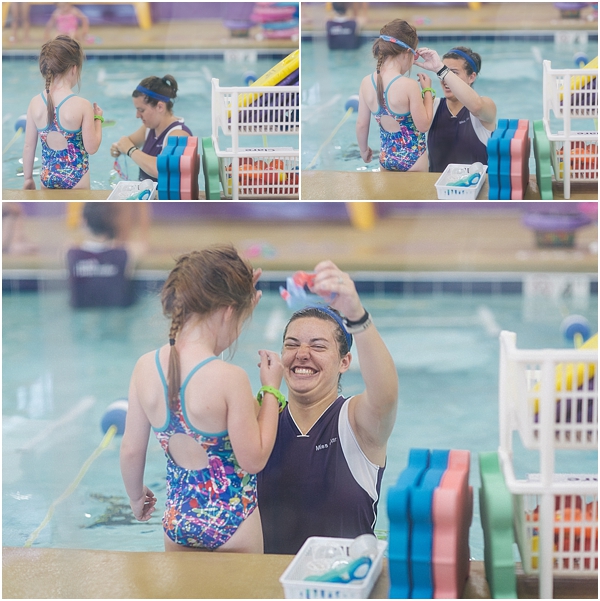
To be even more honest, it wasn’t something I prioritized because just the act of immersing my children in water brought so much negotiation, occasionally leading to tears. It just became easier to work toward recreational participation and avoid the thought of actually teaching my children to swim.
However, after Allison Otte’s infamous post this summer on her sobering observations of irresponsible swimmer caretaking, my interest was peaked, and I began discovering startling statistics.
The typical drowning victim is a two year old male.
First responders have narrowed down the most common drowning scenario for children. It happens in an instant, somewhere between 4 p.m. and 6 p.m. on the weekends in someone’s backyard pool.
Drowning is a silent and quick death takes about 3 minutes.
I can’t think long on this as it becomes terrifying. And, yet, as a mother of four, I absolutely must! Before this summer, I really wasn’t putting the skill of swimming into perspective. Like many, I mistakenly assumed other threats more looming. In my ignorance, I grouped swim lessons with the array of childhood activity choices like dance lessons, gymnastics and soccer.
Until I learned this:
The number one cause of accidental death for a child under five is drowning.
Yet, experts report that 88% of preschooler drownings could have been avoided with formal swim lessons.
These two facts led me to some difficult decisions. In our family of six, the expenses are many, and time is limited. However, we decided it was just too important to delay the learning of this life-saving skill. Teaching our children to enjoy the water while simultaneously equipping them with the tools necessary to confidently move about in it became our new priority. We set about finding the right location to meet our needs and landed at Emler Swim School.
The first lesson was not a breeze. Tears were still shed as we worked through the process of merely getting comfortable. Thankfully, they’re big on keeping the water WARM, so that helped a lot! The instructors patiently worked with each of my children to first instill trust in their teacher and then to get used to the water. After several lessons, when they were actually to the point of one swimming a few strokes and another floating independently in the water, we knew there was a bright light at the end of this aquatic tunnel.
As the summer winds down, our family has decided to continue building upon these lessons. I know young children tend to forget skills if they are not reinforced year round. It seems natural that if they were to be out of the water several months, next summer may entail repeating a class, wasting not only money, but time and progress. The option of year-round swim lessons should help us avoid this.
To learn more, I asked the folks at Emler Swim School to answer some questions.
At what age children should start swim lessons?
“Because water danger is everywhere … the sooner a child learns to swim, the better. The goals are to help them love the water, benefit from this great exercise, and to learn a lifetime sport. But the first goal is to increase their chances of surviving their preschool years. Because much of a person’s psychological makeup is set by age six years, we like children to learn to swim before the age of six. People can learn to swim after age six, but they never are as comfortable as they could have been, had they learned to swim as a preschooler.”
What is this about free lessons? What levels do you offer?
“We teach ages 2 months to adults in year-round warm water. Our youngest class is called Bathtime Babies. It’s for babies two months to five months old, and the entire semester is ALWAYS free for babies under 6 months. Researchers are discovering that babies who stay involved in swim lessons have increased coordination, confidence and intelligence. Waterbabies are smarter babies!
All of our levels are designed around the child’s age and skill level. From our Waterbabies classes for infants to our higher-level swimming classes and recreational swim teams for accomplished swimmers, our curriculum is designed to help students overcome fear of water with effective, practical swim skills, give swimmers the skills they need to rescue themselves if they get into trouble in the water and teach students to enjoy swimming and choose it as a lifetime activity.”
I have a ways to go before anyone refers to my little children as aquatic wonders, but the confidence and comfort level they have gained in and around the water has brightened my outlook about pool party invites and trips to the lake someday.
Emler Swim School is located in Leawood, Kansas. Mention Kansas City Moms Blog to receive a free pair of goggles with your enrollment.






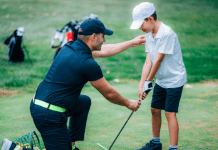

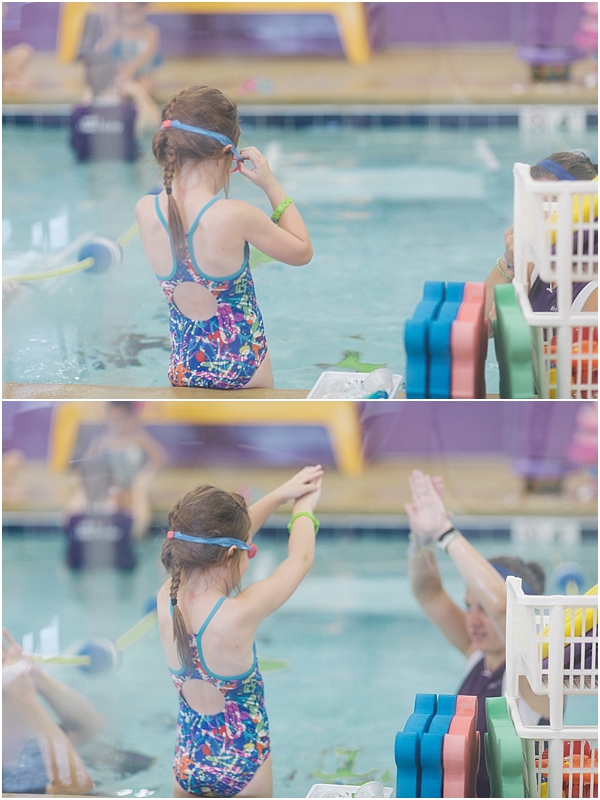
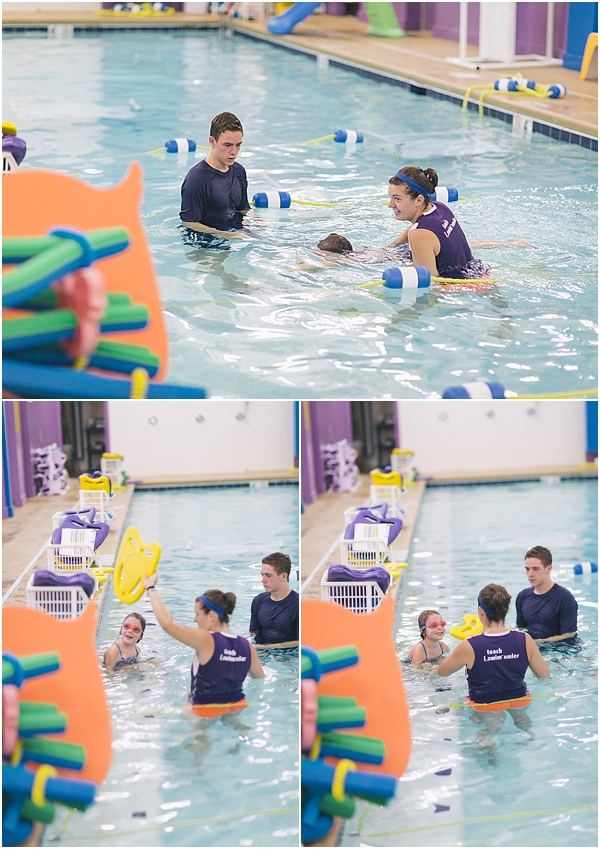
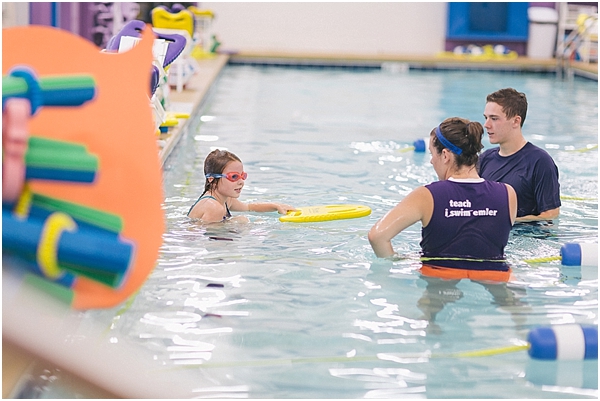
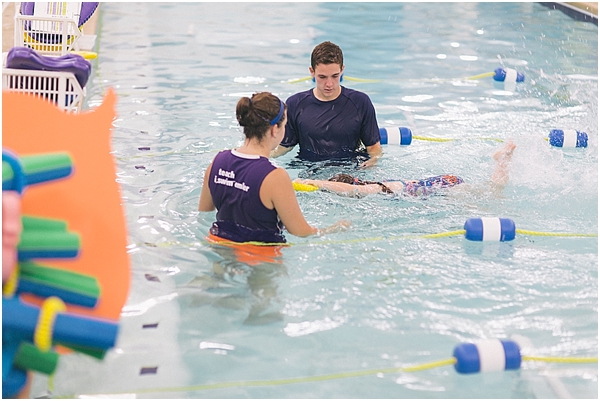
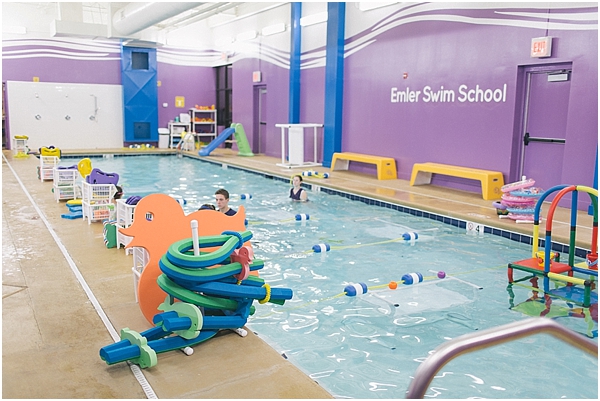
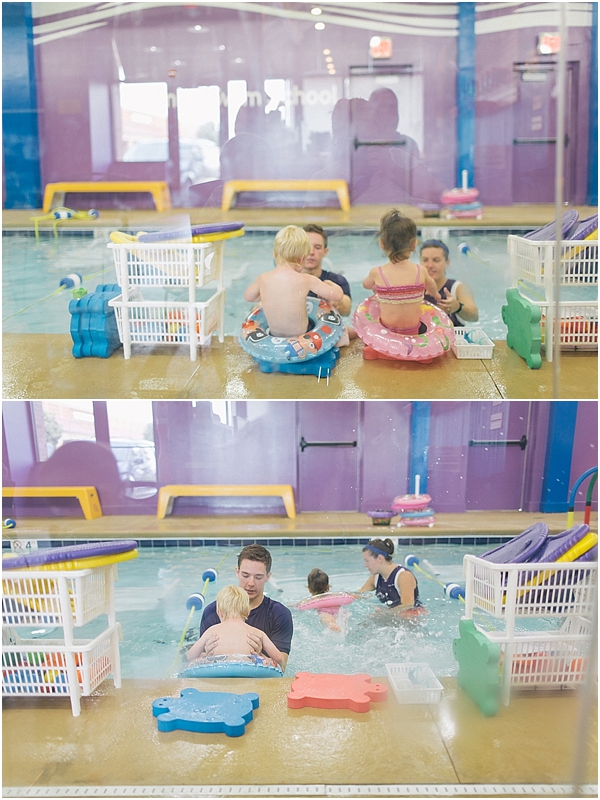

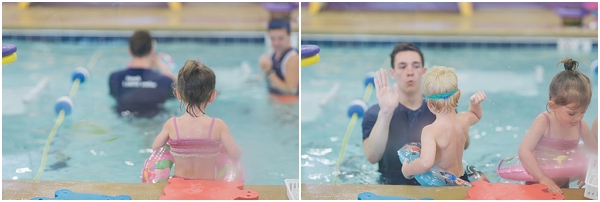









Thank you for writing this post to bring awareness to this topic. We started our boys in swim lessons this summer, and at 2, lots of people thought we were crazy. I would have started them sooner had I known about the Emler Swim school. As a result of starting lessons so early, my children are not afraid of the water, and although they are not great “swimmers”…they know how to float should they ever fall in the water. We will continue swim lessons until they are capable swimmers! Great post, Allison!
Your article and statistics of preventable infant drownings and deaths is the exact reason I have my 19 month old and 3yr old in swim. A great option we found was the swim float swim method (only one licensed instructor in KC) https://www.facebook.com/pages/KC-Swim-Academy-Kansas-Citys-Infant-Aquatics/652346098116173. My 3yr old went from being comfortable in the water from previous swim classes at the Y to swimming with her head in the water and floating on her back (alternating until she reaches the wall) in about 6 weeks. She is now a member of their swim team. With just a couple more lessons my 19 month old should be doing the same. It is comforting to know that I can feel a bit more confident with my kids at any pool or body of water. Thanks for a great article that brings forth an important message and issue…PREVENTABLE drownings and deaths.